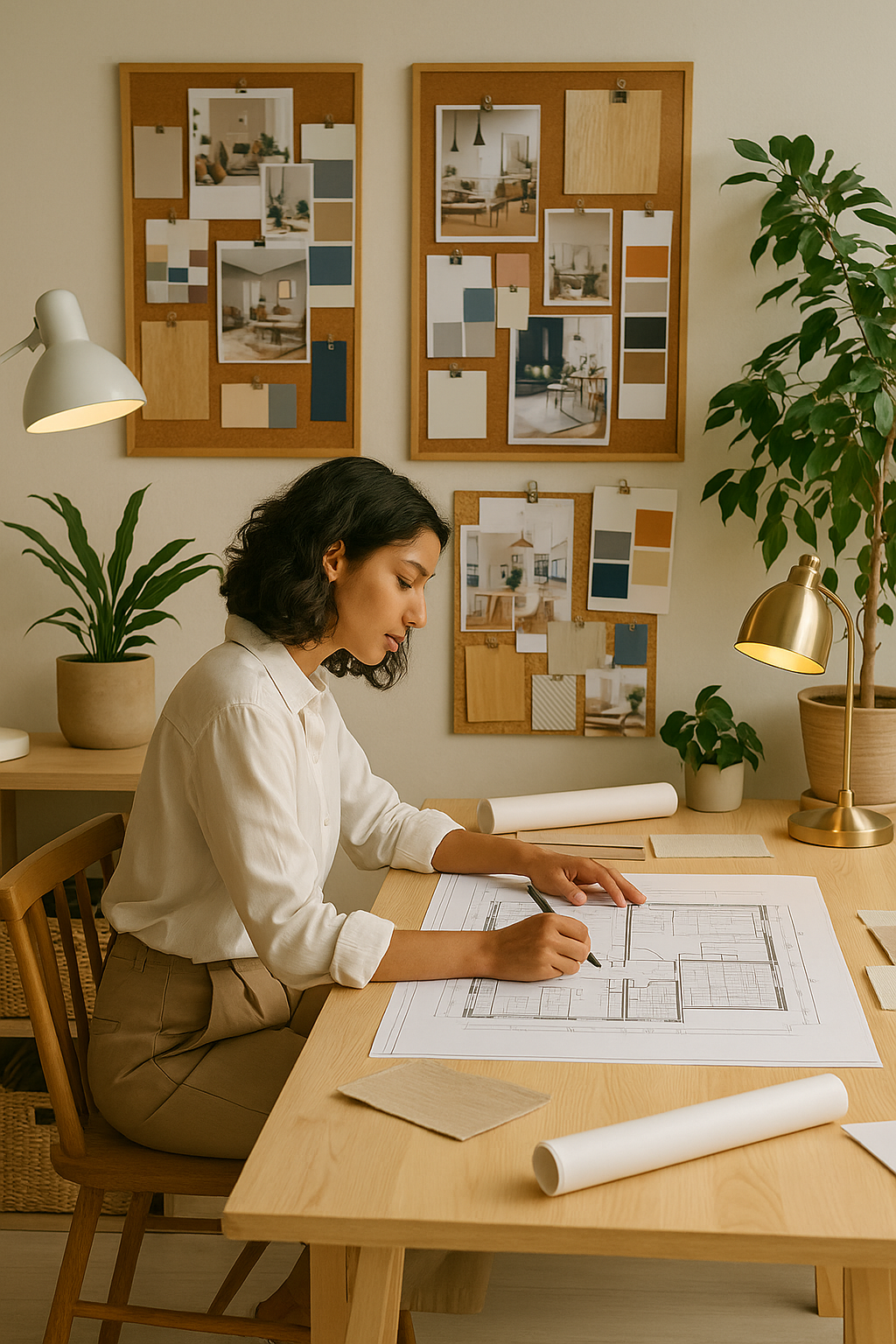When painting an interior surface, most people start with colour selection. Important as this may be, it is meaningless to focus on colour without first considering a number of other elements. In this blog, I will explore the process of choosing the right paint for your installations and explain why factors such as paint quality and surface texture are as important as considering the final colour.
Research the paints available for your surface
First of all, you need to consider the surface you will be finishing. For example, plasterboard, brickwork, metal or wood all require different types of paint. While manufacturers generally have a good selection of colours available across their entire range of paints, there is usually some limitation. If you choose a colour scheme for your interior before researching the types of paint available for the surface you wish to paint onto, you may have to re-design your entire room. I have heard of many designers who have actually ordered materials and products only to find out they couldn’t use them at all.
Consider the surface condition
Next, you must consider the condition of the surface you will be finishing. Paint bonds to the surface it’s placed upon - therefore, it must be clean, dry and as free from flaws as possible. If you paint onto a greasy or dirty surface, onto plaster that is not properly sealed or onto old paint that was never properly applied, your installation won’t have a professional finish and the paint will quickly begin to flake and peel. Be careful when preparing your surface for painting as many greasy or dirty surfaces are not always easily visible. Always remember to protect your final surface (e.g. by using sealers, primers or undercoats) in order to prevent peeling and other problems that a poor base will bring about.
Always choose quality paint
Paints vary greatly in price. While we all want the best possible deal, be careful when choosing cheaper paints because they typically have less pigment in them. It might not be immediately noticeable on light colours but it is much more apparent when using dark ones. Paints with less pigment also don’t cover the surface adequately and may require more than the usual two or three final coats – this will result in extra time and labour, and all of the money that you save with inexpensive paint might then be lost when factoring in these extra costs. There is also the risk of cheaper paints drying with a patchy look or an “orange peel” effect, which can be unattractive and spoil the final colour as well as the look of the finish.
Keep up to date with the materials you use
Understanding the strengths and weaknesses of each paint manufacturer’s approach is a fundamental part of the design process. The environmental impact of the various materials needed to paint an interior installation cannot be taken lightly. Working closely with your supplier and your contractor will help you to understand the implications of the products you use and will ensure that your interior installations will be clean, safe and maintainable.
If you have other painting tips, please let us know.

